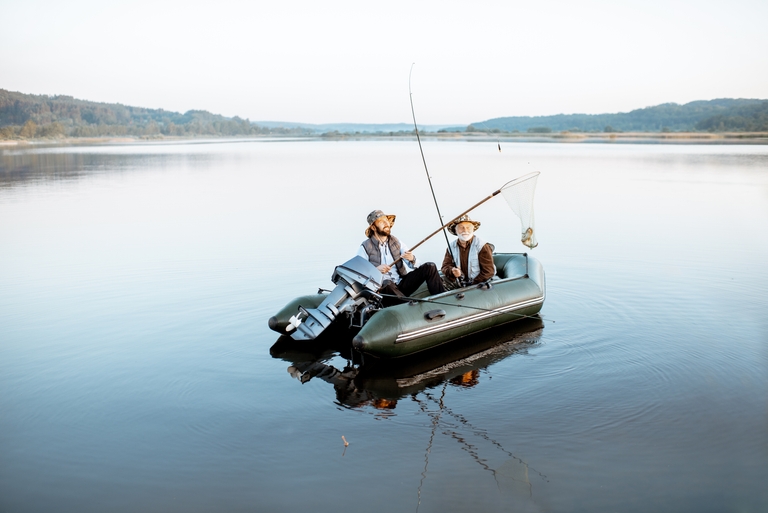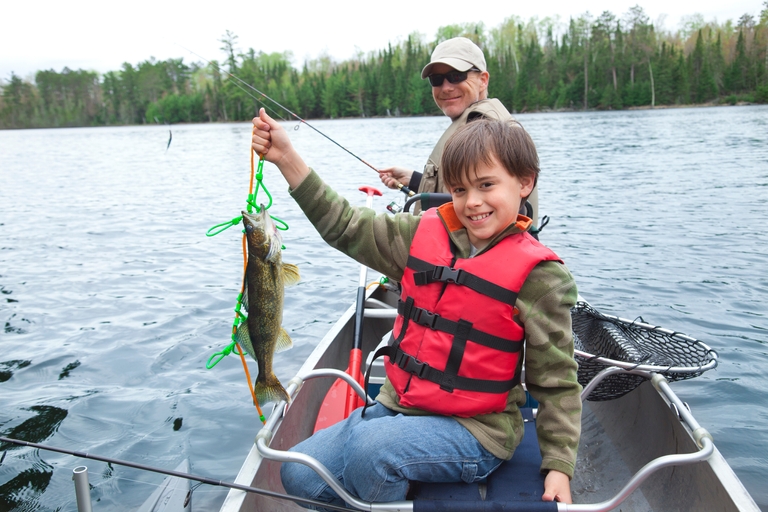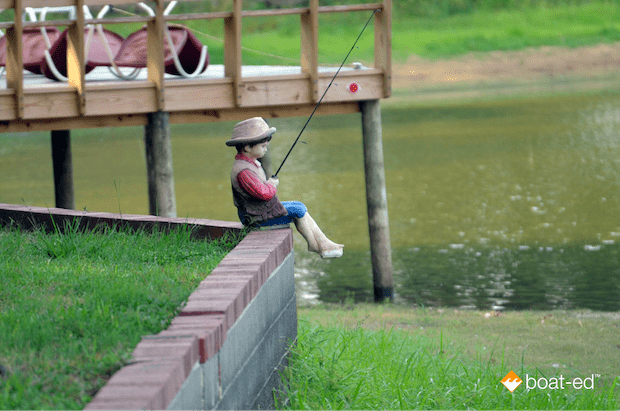Trout Fishing Basics for Beginners
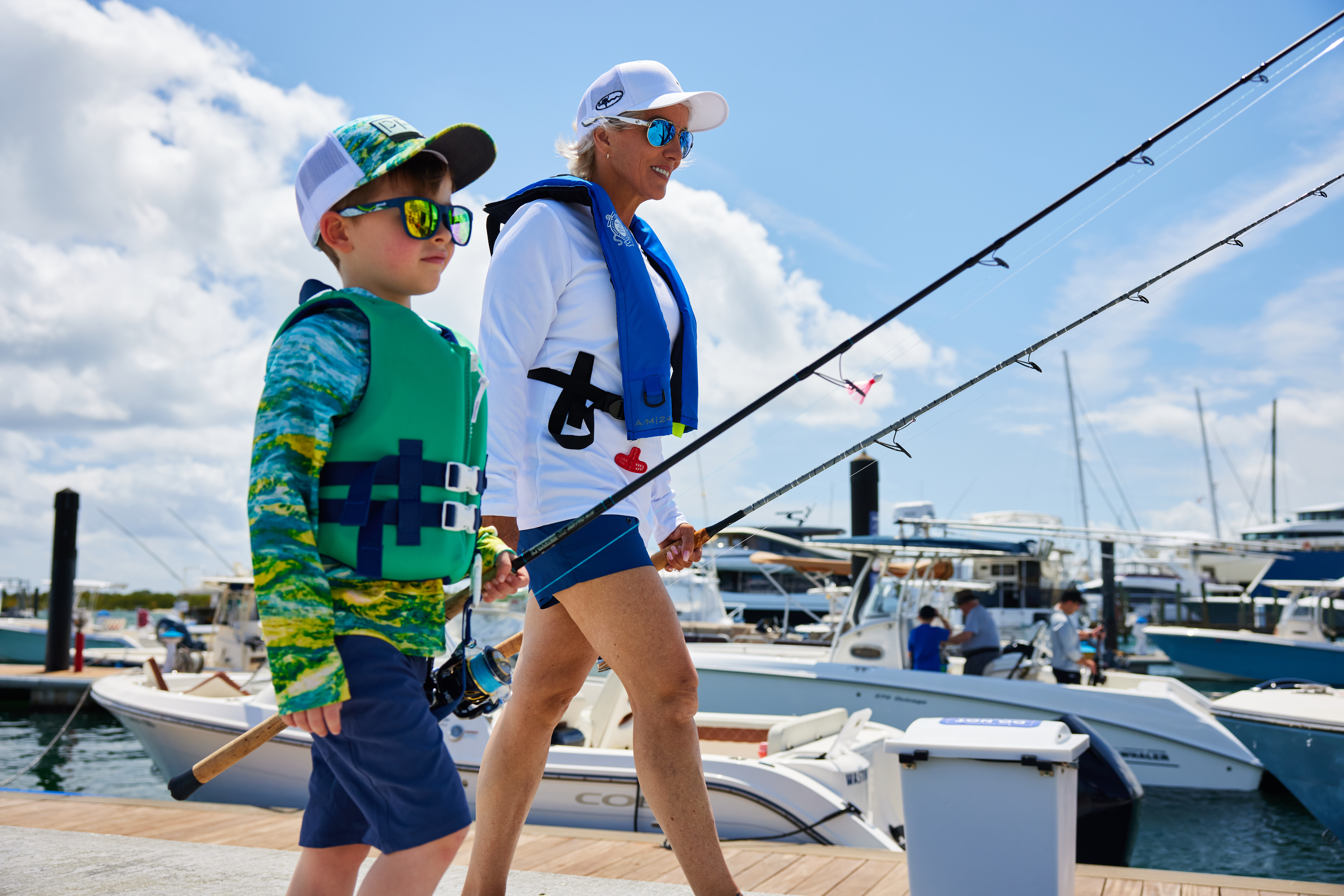
Boating and fishing go hand in hand. So, if you’re thinking about your next fishing trip (or it’s your first time fishing), this article is for you.
Trout fishing is an excellent way to spend a day on your boat on the water, but if you’ve never fished for trout before, you have a better chance of success if you understand some basics.
Today, we talk about how to understand trout behavior, where to find trout for the best success at a catch, techniques for catching this fish species, and more essentials for success. Whether you’re a beginner or looking to improve your fishing success on the water this year, we hope you’ll keep reading!
All About Trout
Trout, next to bass, is one of the most popular fish for anglers each year. There are plenty of fish in the waters throughout the U.S., they can be fun (and challenging) to catch, and they taste delicious.
Depending on where you fish and your preference, you’re likely to target three types of trout: brown trout, rainbow trout, and brook trout.
Where Can You Find Trout?
You’ll find these fish in cool, clean water, like lakes or ponds. You can also find plenty of trout in rivers and streams. Depending on where you fish, you’ll need different techniques for reeling in a nice trout from moving water vs. still water.
Trout also like cover to protect themselves from predators (including anglers). So, when looking for your catch of the day, check near rocks, fallen logs, underneath embankments, and deeper waters where trout can hide and look for food.
Remember: when navigating waters on your boat and looking for a trout (or two), use the right tools and practice good boat safety.
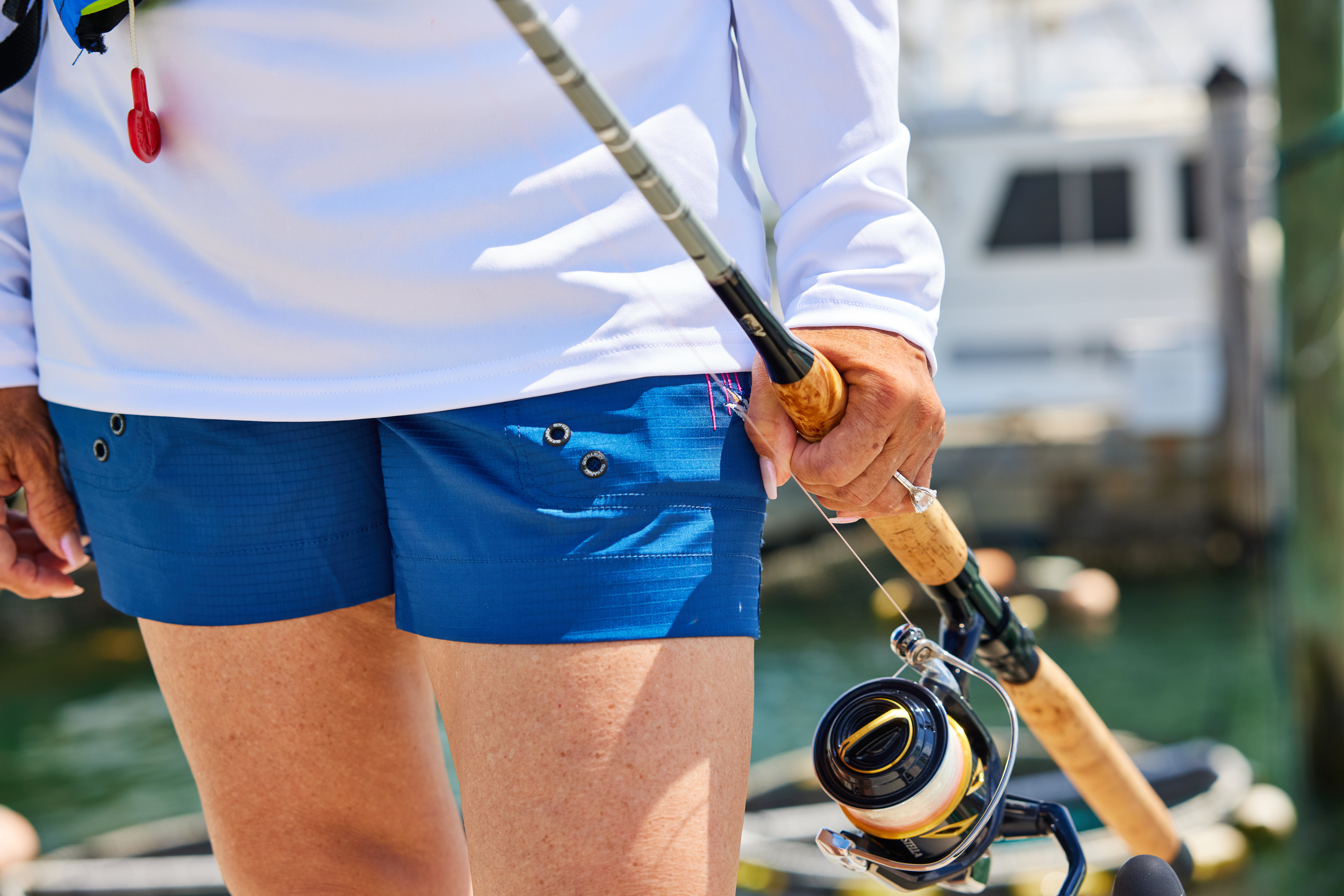
What Gear Do I Need for Trout Fishing?
You may dream of reaching your hand into a stream, grabbing a big trout, and filling your boat with more trout than you can eat. For some, that could be a reality.
However, if you’re beginning your angling hobby with trout fishing, you’re probably better off with the right gear to catch your fish.
Build your tackle kit with these items to get started:
- A fishing rod. Something lightweight, like a 6-foot spin-casting or spinning rod with a matching reel
- Fishing line, like 4–6-pound monofilament line
- Bait hooks (size 8)
- Lures and rigs, including a few 1/16 oz. spinners and 1-2 red and white bobbers
- Power Bait or Power Eggs (ideal for stocked trout)
- #5 lead split shot
If the artificial Power Bait doesn't attract fish, you’ll also want some worms to bait the hook.
Many people start with a traditional rod and reel for trout fishing. However, if you prefer to try your hand at fly fishing, your tackle will look a little different. Consider a 9-foot fly rod with a matching fly reel, weight forward fly line, tapered monofilament leaders, 4x and 5x tippet, and flies.
Don’t Forget Your Fishing License
After collecting the gear you need, don’t forget to get your fishing license before heading out for a day of fishing on the lake.
Most states require everyone to have a current fishing license. However, requirements vary by state. Check with your state agency or visit a site like eRegulations to learn about your state’s requirements for fishing and licensing.
For example, in Oregon, anyone 12 years or older must have a license to fish.
Techniques for Catching Trout
With your gear, your boat, and a good spot to find hungry trout, you need the right techniques to catch them!
Start by casting your line slightly upriver. Hold the fishing line off the water as the current carries it downstream toward you. Then, as the spinner drifts toward shore or your boat, start a moderate retrieve.
You can also drift a worm or artificial bait within a few inches from the bottom of the pond or stream. Use a bobber to keep track of your line while it drifts.
As you feel a nibble or bite on your line, start reeling in that fish!
Stay Safe On Your Boat When Reeling in a Trout
While many think of fishing as a calm, relaxing activity (and it is), nothing quite matches the excitement of feeling a bite and reeling in a big trout!
However, it’s crucial to remember safety essentials when you stand up to reel in a fish or your boat starts rocking as activity (or weather) picks up. A boating education course can ensure you’re prepared with the knowledge you need to navigate the waters safely and return home with your catch – unless you fish in a catch-and-release area.
Boat-Ed offers state-approved, online courses for boaters and anglers. You’ll learn about the safety equipment your boat needs, how to launch your boat into the water, how to prepare for a safe day on the lake, and what to do if something goes wrong.
We hope you enjoy a safe and abundant trout season this year! Find the course for your state and start learning.

